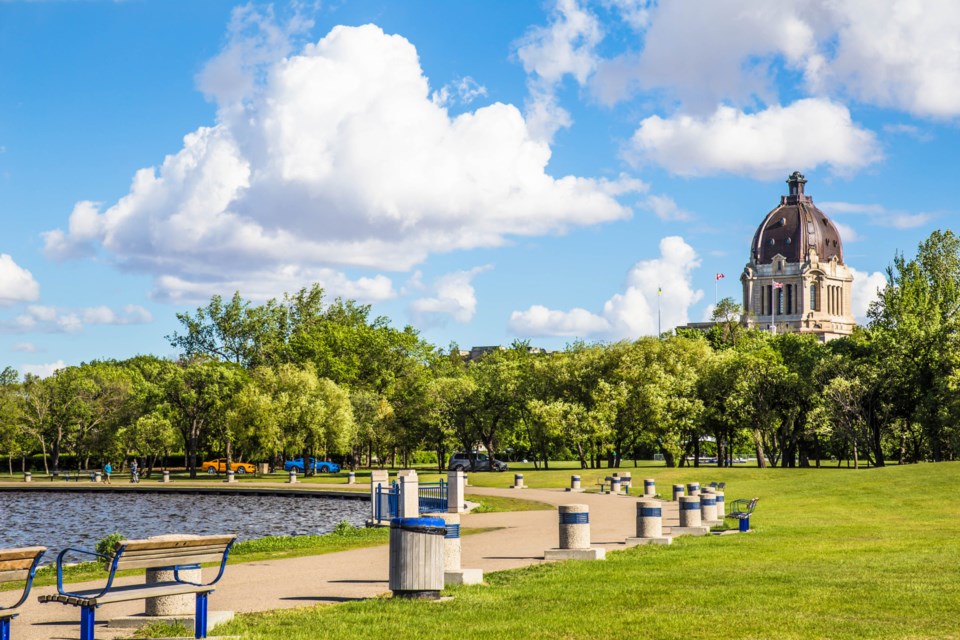This week, Saskatchewan Premier Scott Moe released a detailed plans to re-open his province’s economy in five phases starting May 4. If you’ve lost track of dates – and who could blame you – that’s just a week from Monday.
Let’s get this out of the way: obviously, BC is not Saskatchewan. Not only is the prairie province much smaller (and flatter), it sees far fewer national and international visitors, and has been less affected by the virus. It has just 326 total reported cases of COVID-19, including 61 active cases – 34 fewer than the 95 new reported cases in BC Dr. Bonnie Henry reported on Saturday alone. (Which, to be fair, bucked an overall trend of decreasing numbers of new cases.)
From day one, BC has taken a cautious approach, both in taking action to prevent infections from overwhelming the healthcare system, but also guarding against false hope and expectations that normal is just around the corner.
“British Columbians don’t want to give up the progress we’ve made for an early start, put us back on our heels, and perhaps further restrictions as summer proceeds,” said Premier John Horgan this week.
On the whole, this has proven wise. But as the curve flattens, there’s a difference between false hope and planning for the future – responsibly.
Enter Saskatchewan.
Even more than BC is not Saskatchewan, Scott Moe is not Donald Trump. He’s not rushing headlong towards reopening businesses, despite the advice of both medical officials and the common sense we have so often come to wish the president had.
Moe said the plan was made in consultation with the province’s chief medical officer, who will have the power to re-instate restrictions as he deems necessary. It’s a blueprint – a flexible timeline, not tablets sent from the mountaintop.
As a possible example for BC, it’s worth a detailed read of the plan. It’s a flexible, reasonable approach, allowing time to gauge events and adjust as needed. (Phases 3 through 5 don’t even have suggested dates.)
Each phase of easing restrictions doesn’t happen all at once. Just as one example, Phase One starts May 4, which includes medical services and “low-risk outdoor recreational activities,” such as fishing, golf, and boat launches. (It’s hard to imagine safer, more socially-distant ways to get fresh air.) But again, the approach is not so much jumping into the lake and bracing yourself, but slowly wading in to see if you can stand the temperature. Fishing and boat launches can start May 4, golf on May 15, and campgrounds June 1.
As well as BC’s provincial government has handled the pandemic, so far it has been relatively silent on the next steps – whenever it’s safe to take them.
“In the days ahead, cabinet will be considering how we phase in a return to normalcy,” said Horgan on Wednesday. “We have been working on that from the beginning.”
It’s not as if nothing is being done – Horgan has put together an economic task force, and has broadly hinted a recovery plan is, if not quite on deck, at least in the works – and might be public as early as mid-May.
As economic pain and mental health woes continue to mount (for the best possible reason), it’s only fair to wonder what the new normal will look like – and hope the government is prepared to share its recovery plan sooner, rather than later. That doesn't mean lifting restrictions now - but knowing what that may look like.
Maclean Kay is Editor-in-Chief of The Orca
SWIM ON:
- Last week, Maclean Kay covered Dr. Bonnie Henry's detailed update, and came away with the conclusion the curve is flattening, but there's a long way to go.
- Chris Gardner: COVID-19 will be with us a long time. Our leaders' next task is charting a course for the new economic normal.
- Ada Slivinski really, really wishes parks - places where she and her family could safely get some fresh air - would re-open.



